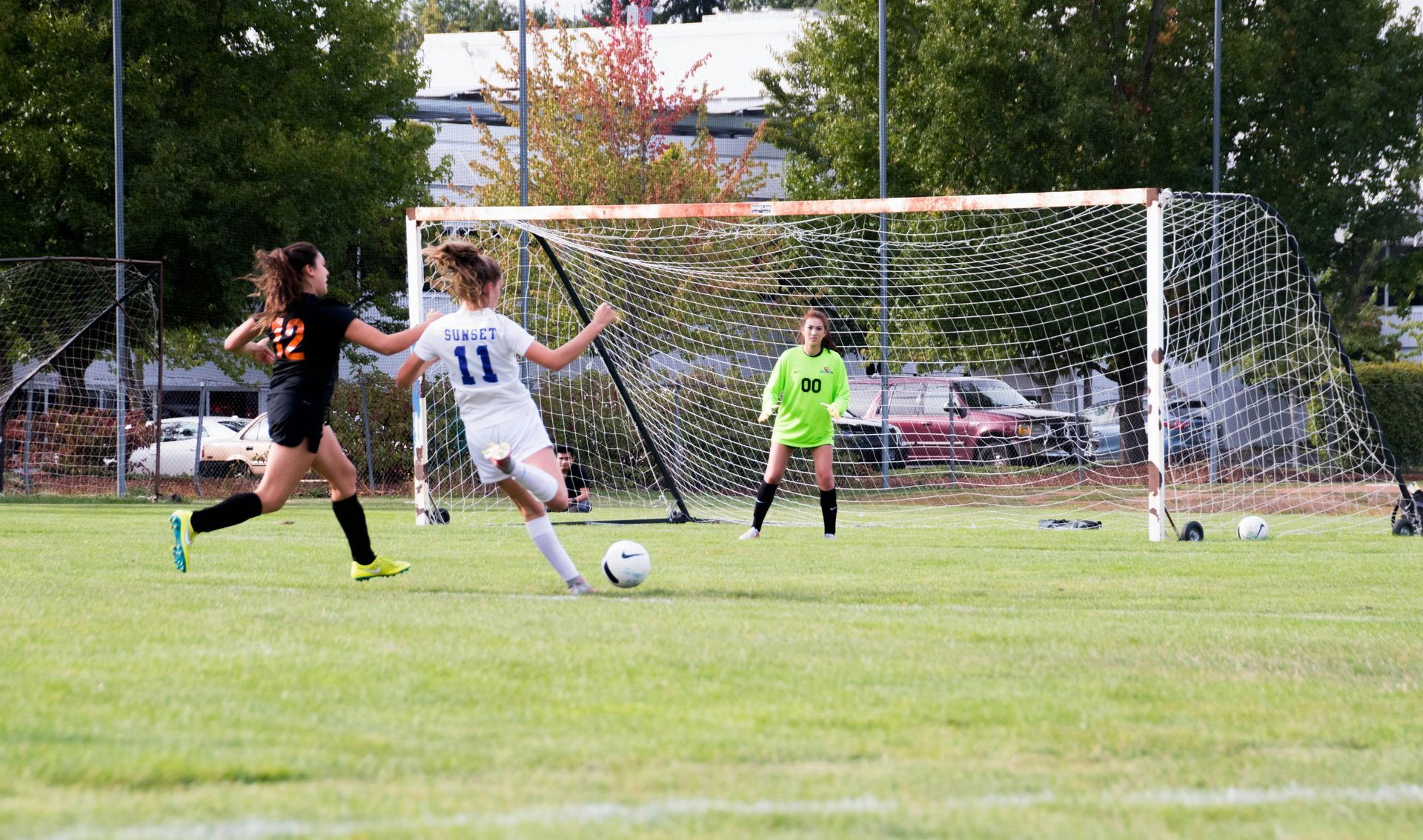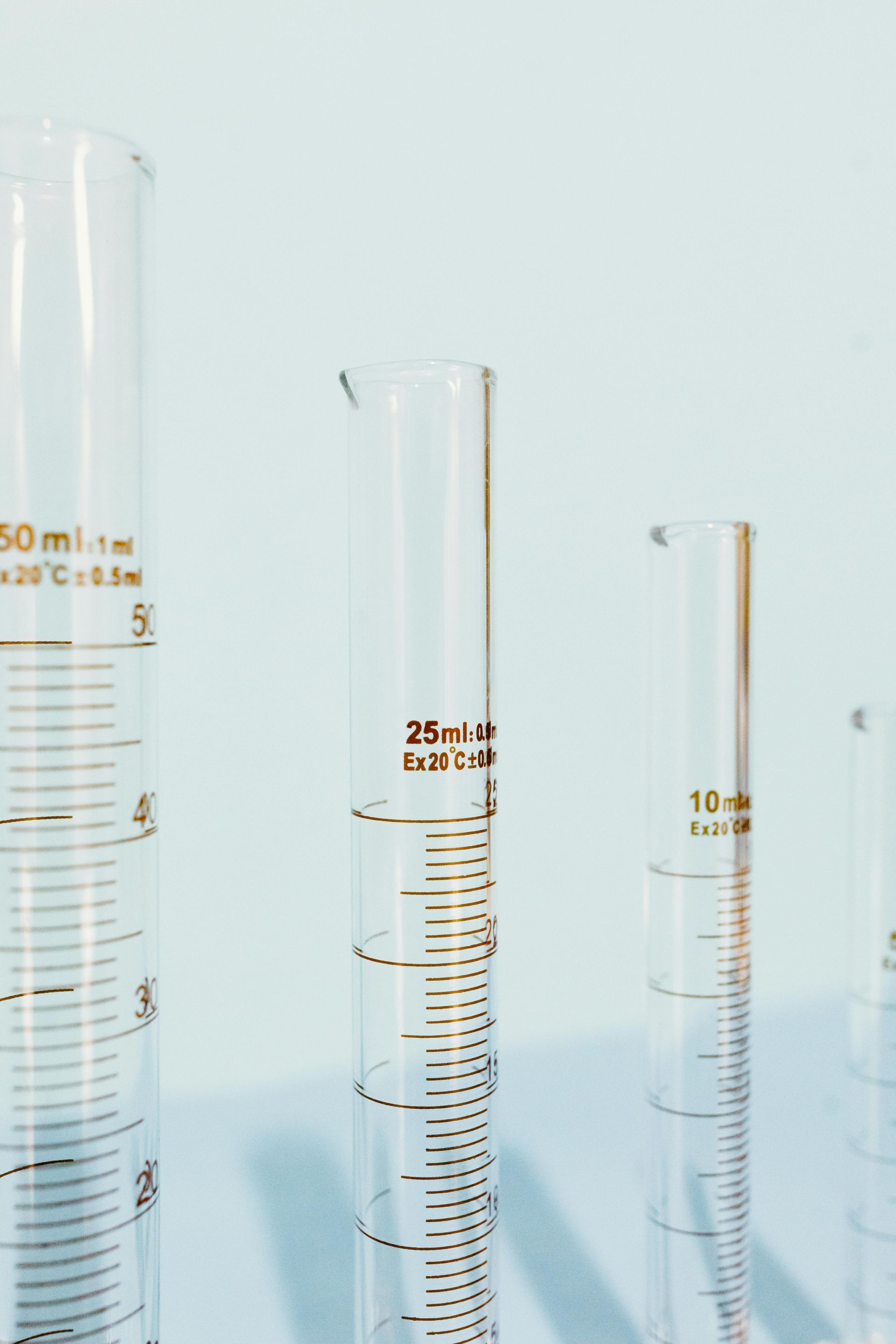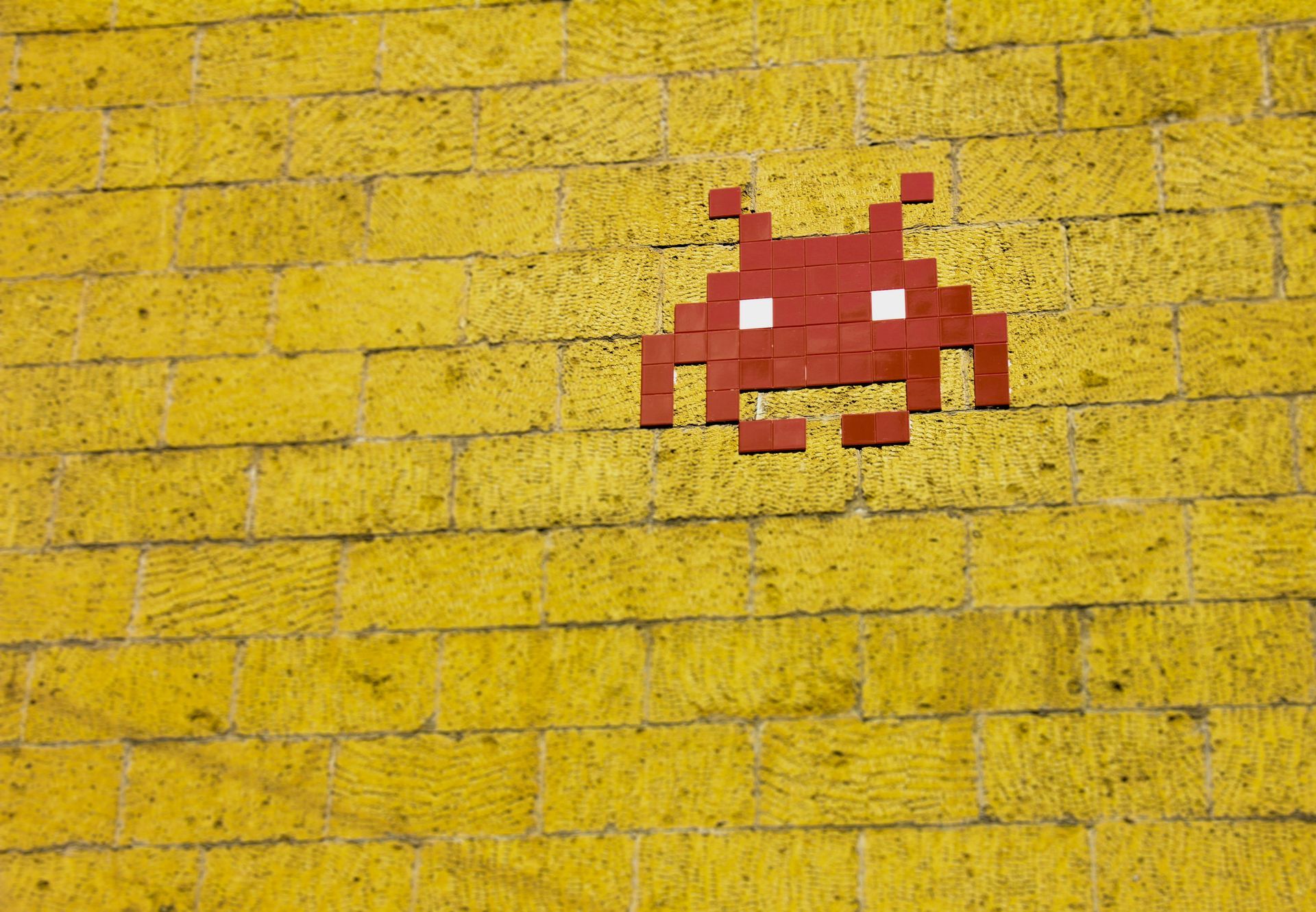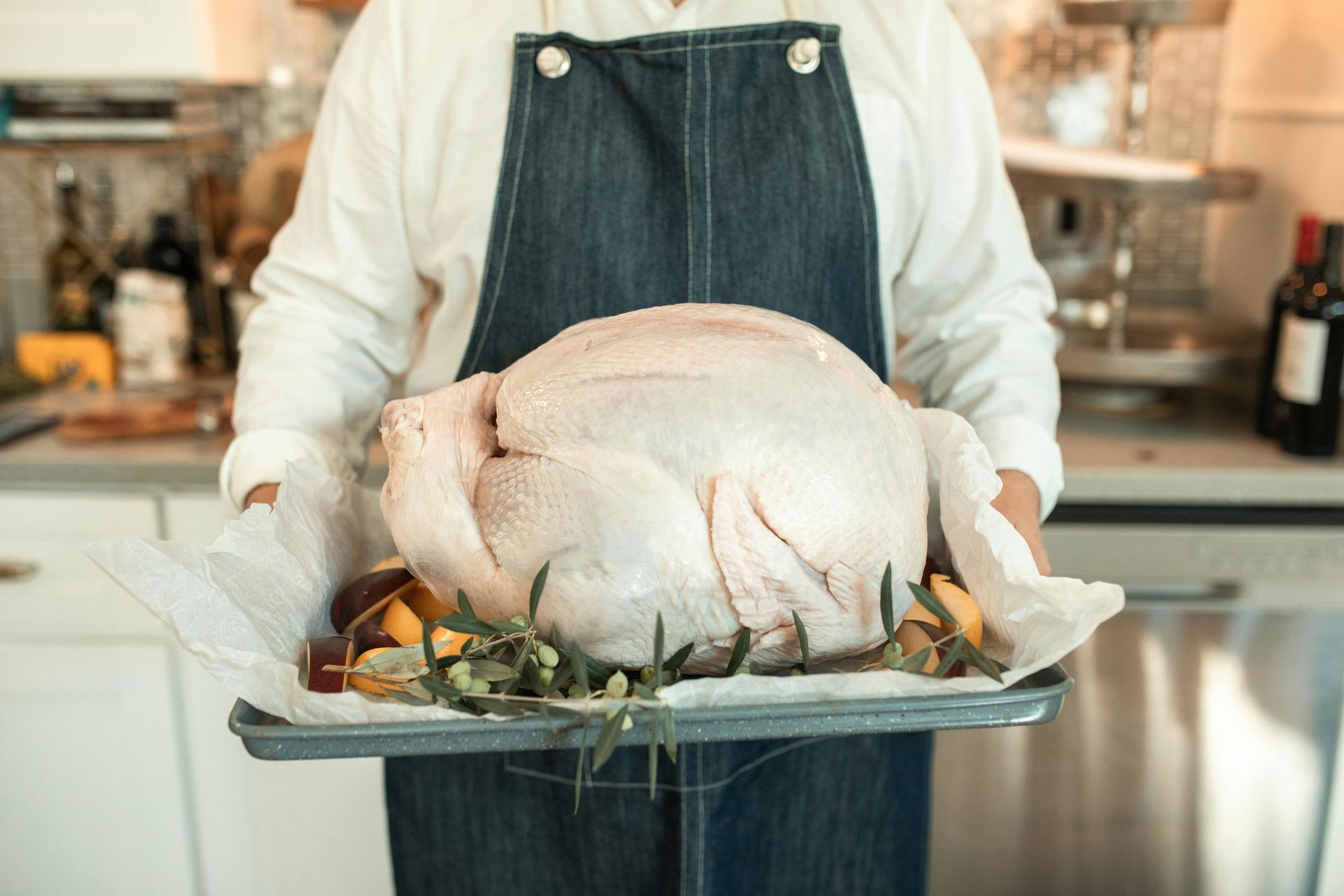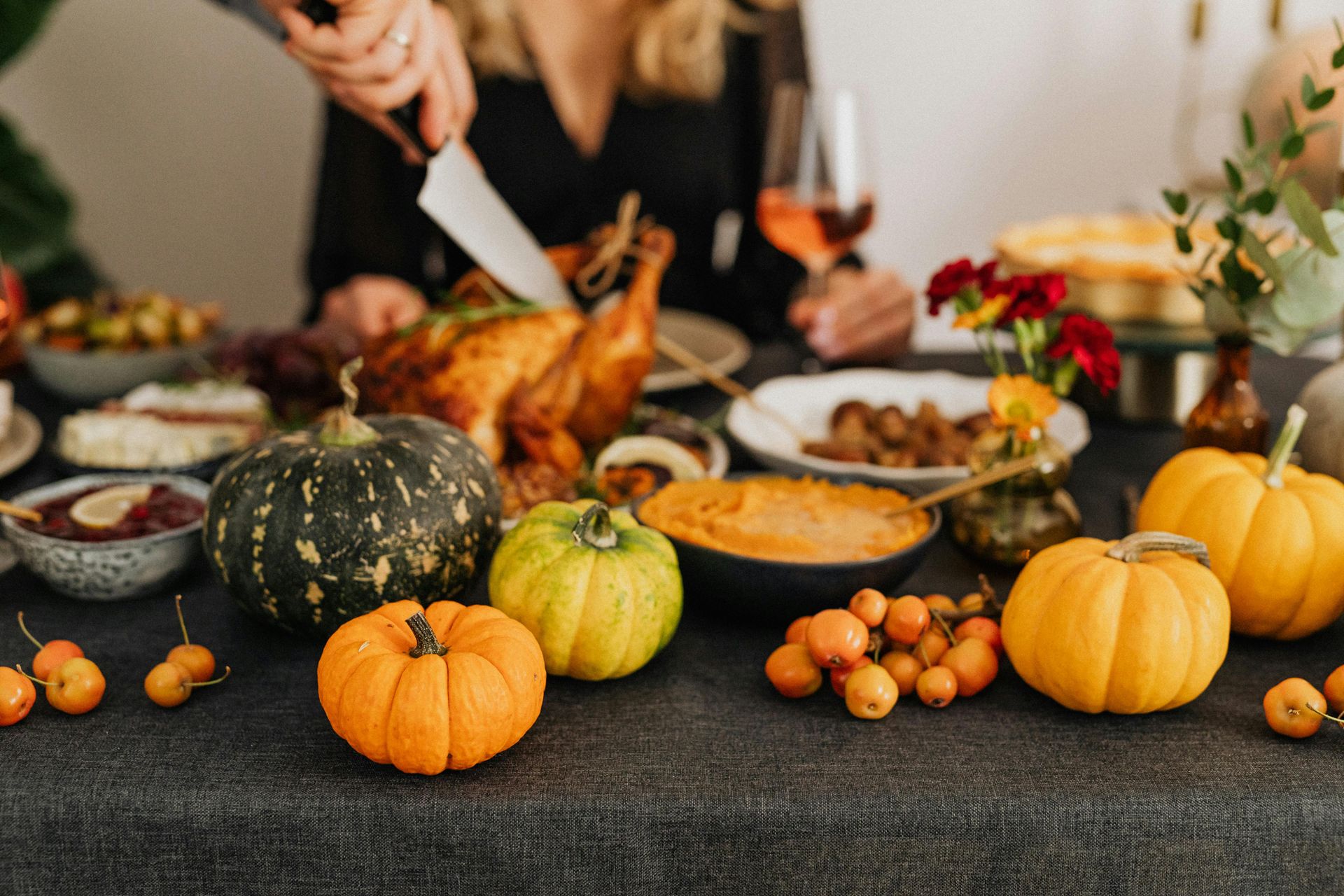Topic: Charcoal – Chapter One (more to follow)
Don’t BBQ without it.
BBQ’ing without it is called grilling, or cooking outside with gas instead of cooking inside with gas.
Charcoal is formed by heating wood in minimal oxygen. It removes all the water and sap and other natural chemical compounds from the wood.
There are two different types of charcoal:
Briquettes – made by compressing charcoal into a shape
Lump – natural charcoal, not compressed into any shape.
Each has its own place in the BBQ game as we will see in future posts, and its own sets of pros and cons.
Lump tends to have less ash production, burns hotter, lights quicker, has no fillers or binders that can be found in briquettes, has a natural wood smell (very addictive) and produces lots of smoke flavor. On the downside it burns quicker, in general is more expensive, and can be more difficult to work with given the uneven sizes of charcoal that are in the bag.
Briquettes maintain a steadier temperature, burn longer, and in general are less expensive. On the other hand, they produce more ash, take longer to light, and can produce a chemical smell depending upon which brand you use. They commonly have additives to help them maintain their form such as sawdust.
There are two types of wood sources aka trees that you can make charcoal from – hardwood or softwood. Softwood trees are trees that keep their leaves year-round (ex. pine, cedar, spruce, fir). These trees contain large amounts of terpenes and other chemicals commonly found in soap and foam free fire extinguishers. You will have a tough time finding softwood charcoal for a good reason – its chemical compounds will leave a very bad taste in your mouth.
Hardwood trees (ex. Hickory, Oak, Cherry, Mesquite, Apple, Pecan) do not have the issues found in softwood trees. They can impart on your food unique flavors depending on the type of tree, its climate, thickness of its bark, drying time, and moisture content. Similar to grapes and wine.
Where each fit in your BBQ’ing quiver in general is this:
Lump tends to burn hotter and quicker making it best for direct grilling burgers or searing a steak.
Briquettes are used for longer slower cooks and are used in smoking a brisket or short ribs.
Personally, I have several different types of both lump and briquette charcoal always available to me. The choice is based on what I am cooking, the people I am serving and how much time I have or need to get it done.
But the bottom line is that you can go with either form. Whatever is easiest for you – usually briquettes. I just want you to BBQ with charcoal, and experiment with the different forms and brands.
Several decades ago, we were at my Uncle’s house and he made a variety of food on his BBQ. A game changer for me. The taste was so amazing. He is also a big “wine guy”; the food and the wine that afternoon is seared (pun intended) into my mind’s eye forever.
Sidebar: Kingsford Charcoal (not my favorite) but a very cool history. Edward Kingsford was married to Henry Ford’s cousin. Ford was burning lots of wood to make his Model T’s and suggested that the wood scraps be processed into charcoal. Thomas Edison designed the briquette factory that Kingsford used. “Ford” charcoal was sold only through Ford dealerships initially, and in 1951 an investment group bought it and renamed it Kingsford Charcoal in honor of Edward.
Wishes for a great day to all,
Hugs too,
David/


